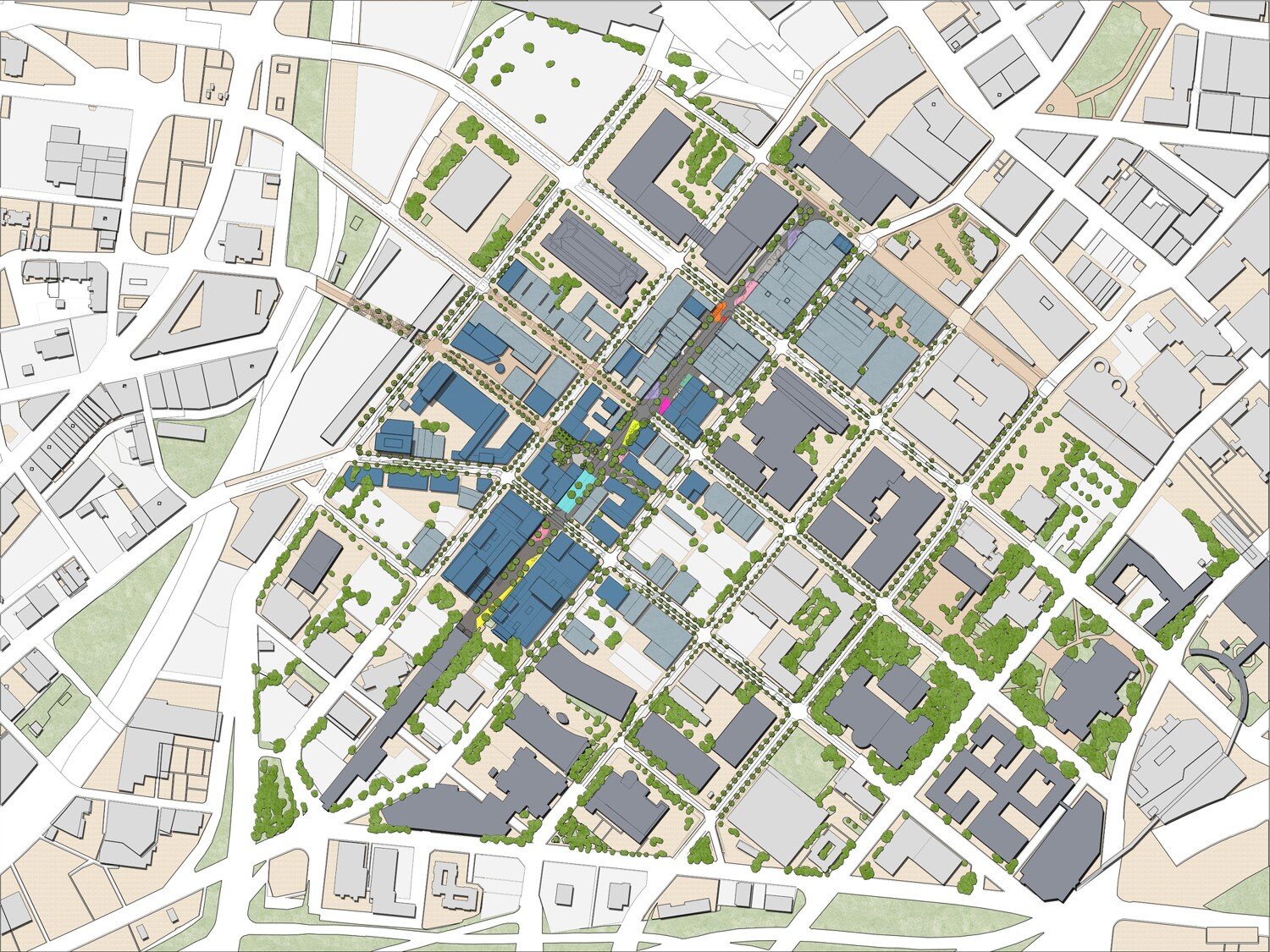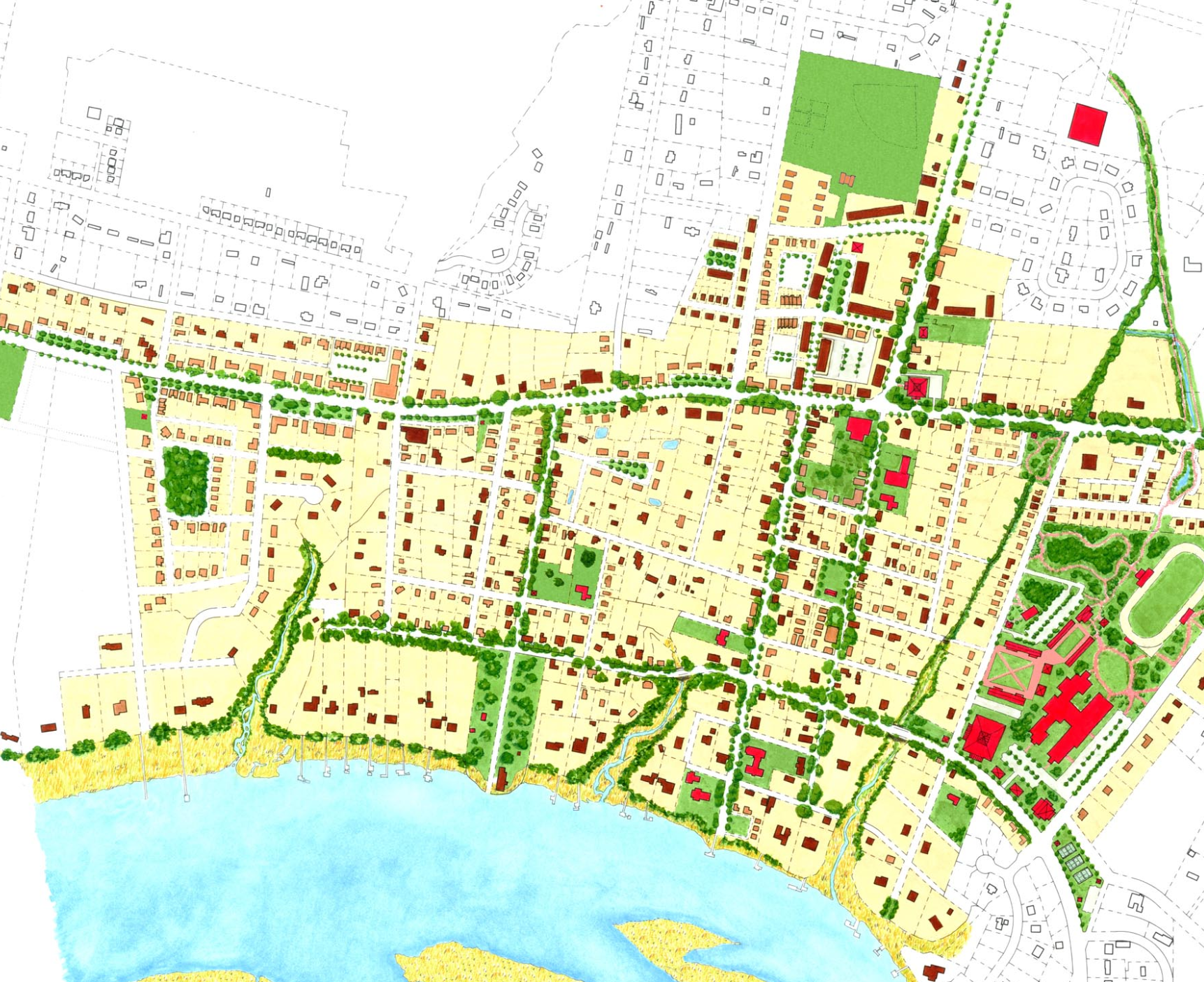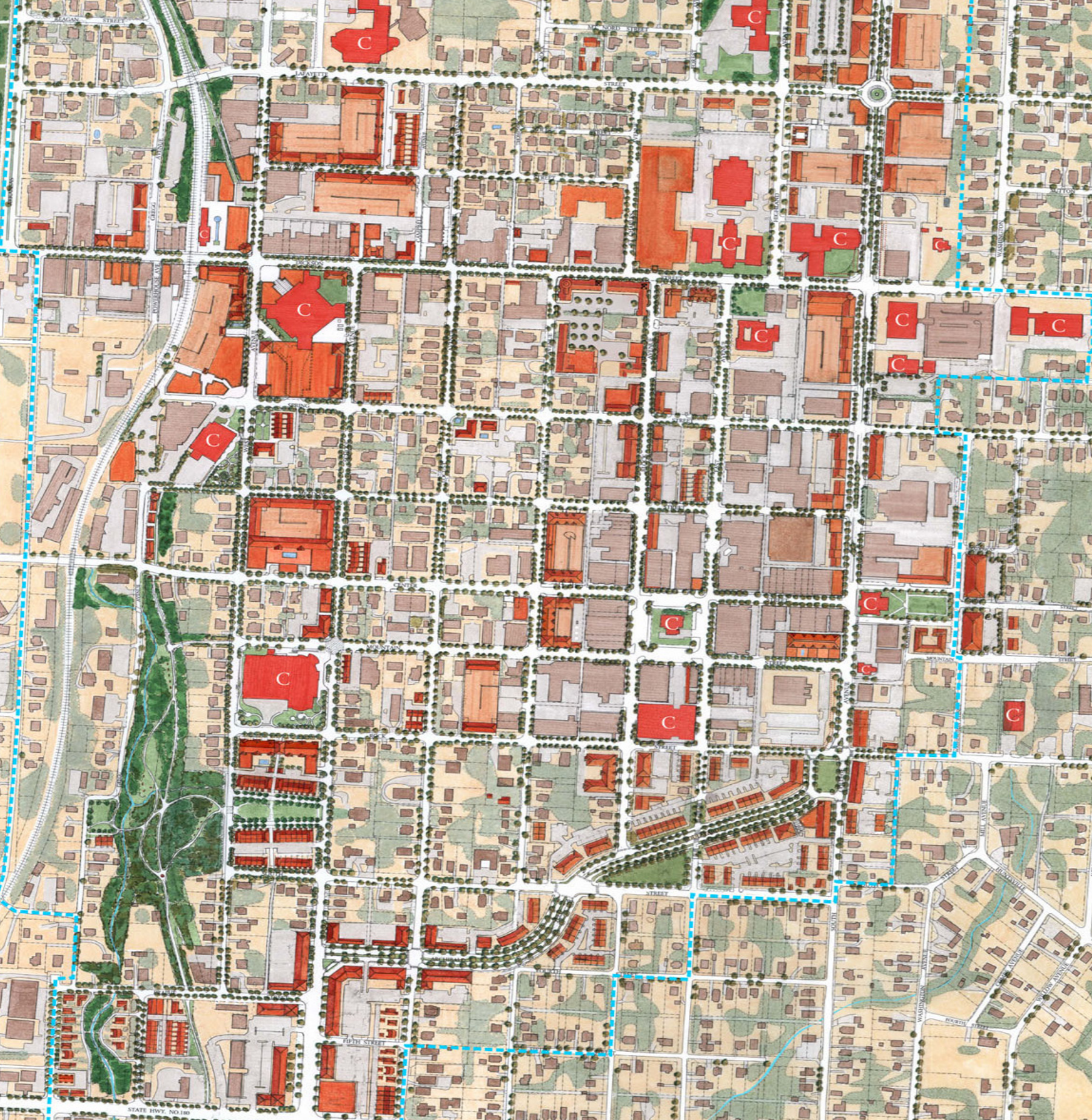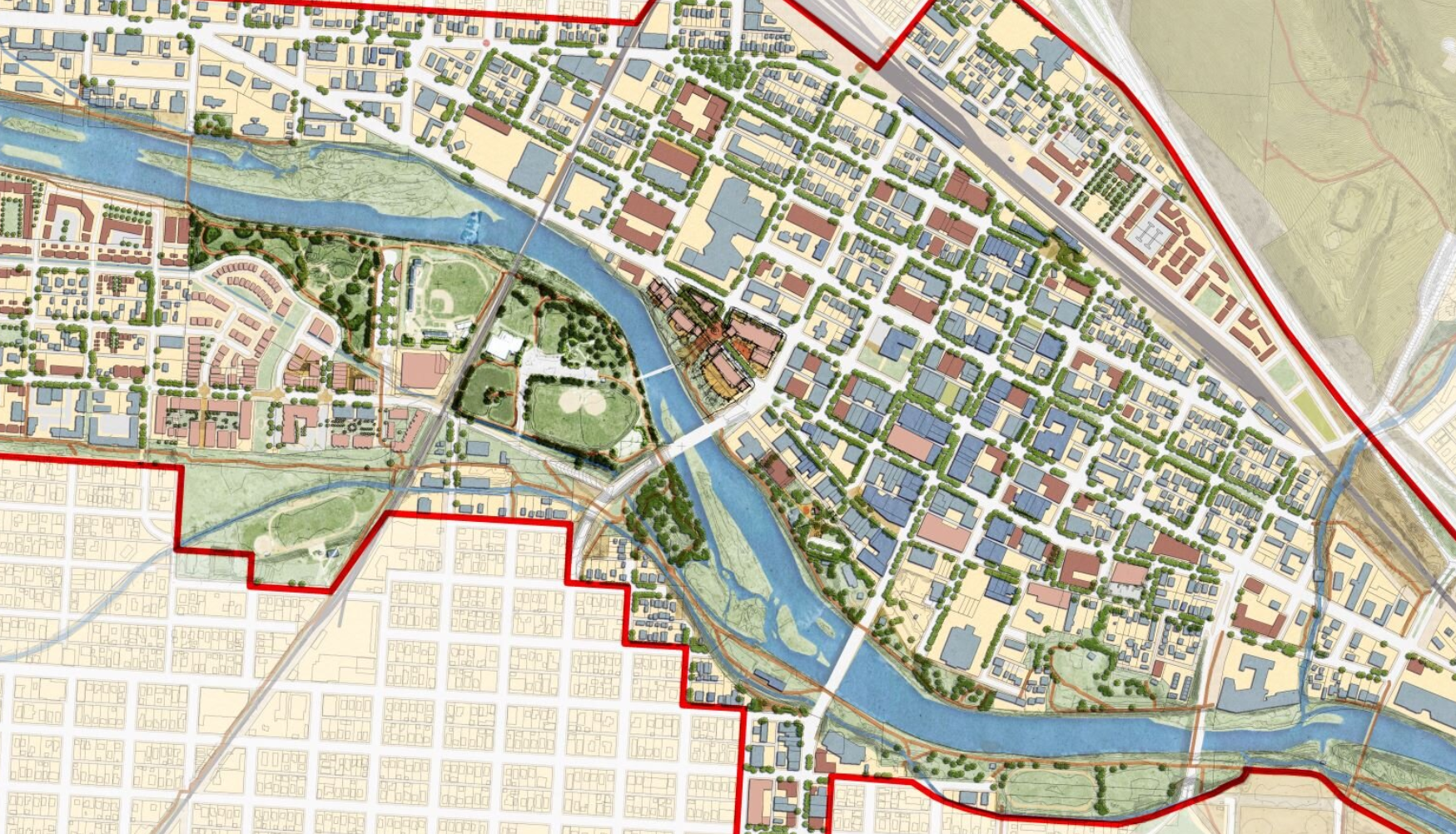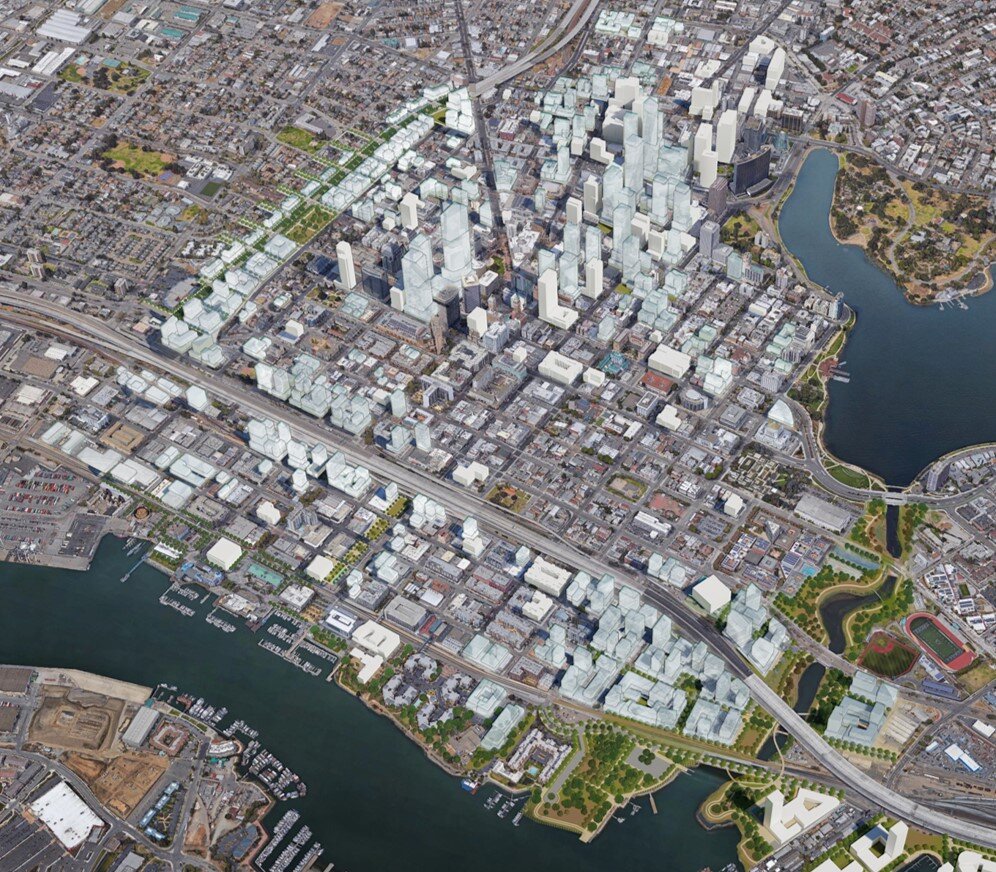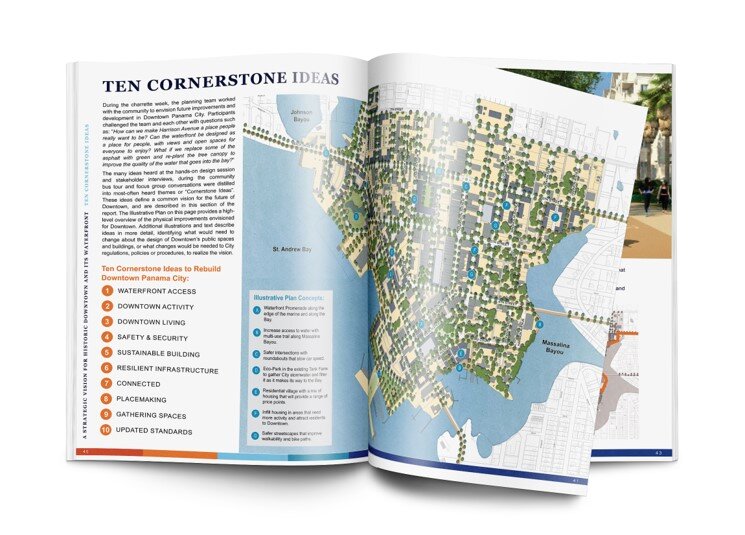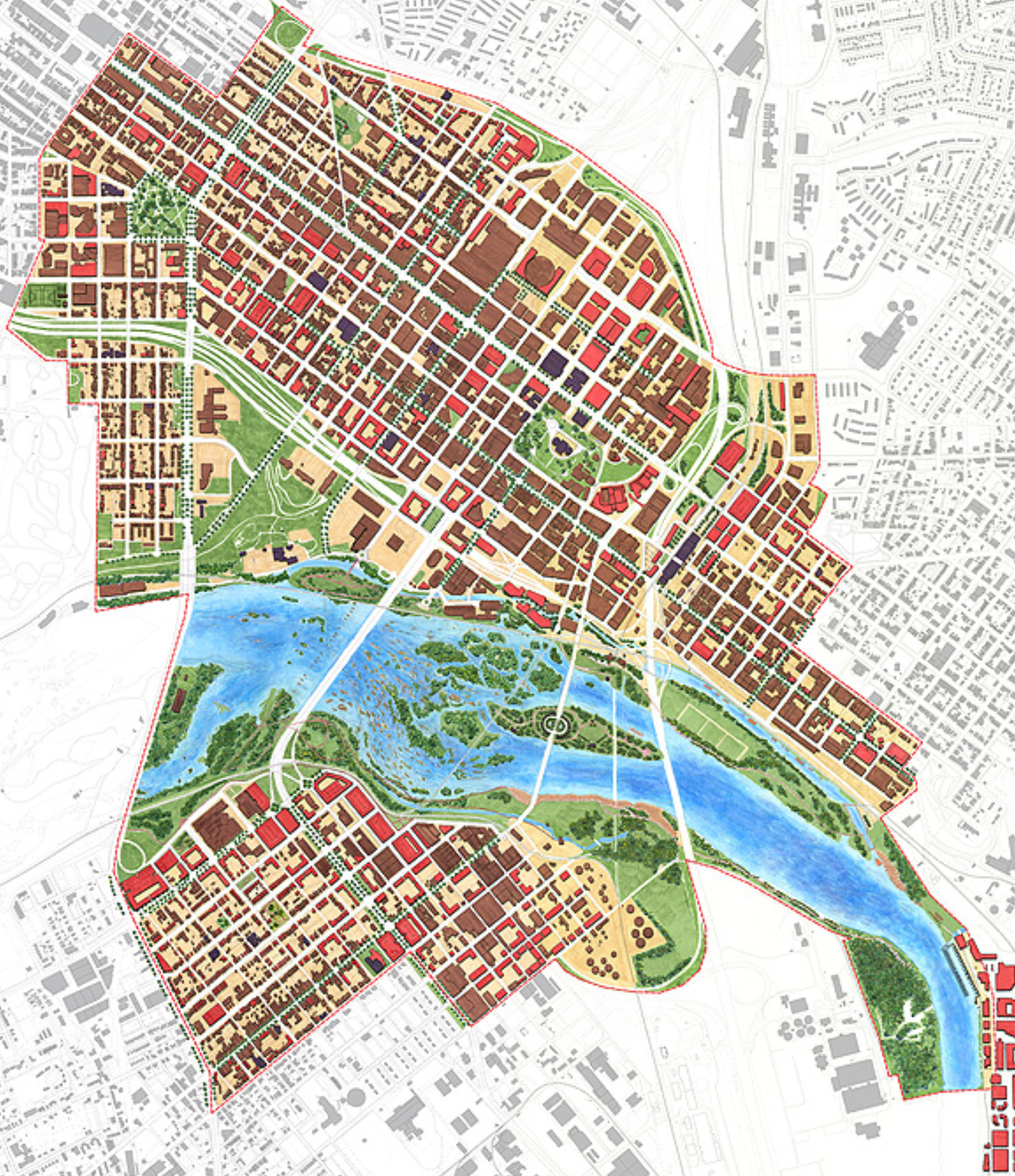September 23, 2024 — Victor Dover, president of Dover, Kohl & Partners Town Planning, was recognized for innovation in sustainable, “smart” urban planning by Smart Cities Americas, organizers of the recurring Smart City Expo events. He was among an international group of six awardees who received “Who’s Who in Sustainability” plaques in a ceremony at Miami-Dade College in downtown Miami. In addition to the in-person audience, the fifth annual event was streamed to more than 7000 registrants from 89 countries worldwide.
In his address to the Smart City Expo attendees, Dover spoke about the importance of human factors and making places that reach people emotionally, amid all the enthusiasm for technology in forward-thinking cities. He showed examples of integrating timeless, low-tech design traditions with street redesigns, advising the group that “We don’t to invent some magical technological wonder to achieve smart cities. We already know how to do it. That’s because we have a superpower. That superpower is the power of precedent. Humans have thousands of years of combined experience with making streets, for instance. It’s our inheritance. Streets are sometimes said to be the most lasting of human institutions, slowest to change, so many of the results of thousands of years of experimentation and refinement are still with us. That’s our textbook.”
Dover said, “Electrification, autonomous animation, car-sharing apps, and more gadgets will all be great, but they will not save us from the fundamental problems, that cars take too much space—whether we are driving them or parking them—and in America, we rely on driving alone too much.” He previewed images from the revised, expanded edition of Street Design: The Secret to Great Cities and Towns, due out in February, and now available for pre-order. (The pre-sale discount code ARC20 is valid for 20% off the list price.)
In their recap of the day, Smart City Expo organizers added: “The discussions throughout the day emphasized the shifting meaning of a “smart city.” Dr. Bruno Lanvin from the Smart City Observatory in Lausanne highlighted the importance of flexibility in defining success. “There’s more than one way to be smart,” he said. “The most successful cities integrate technology without making it too visible. It’s about using tech to solve real problems, not just showcasing it.” Lanvin also emphasized that human-centricity is key: “Our future is largely tied to cities, and the smartest cities will be those that focus on attracting and retaining talent while being inclusive and sustainable.”
Awardees with Smart City Expo organizer Bernardo Schenkman
In addition to Victor Dover, the international group of awardees included:
Dr. Patricia McCarney, president and CEO of the World Council on City Data, for her work on sustainable smart standards (Toronto)
Dr. Jonathan Reichental, CEO of Human Future, for his outstanding performance in sustainable smart education (Silicon Valley)
Mashcal, the organization that provides logistical and project management services to all local authorities in Israel, for their work as a sustainable smart hub (Tel Aviv)
Dr. Bruno Lanvin, president of the Smart City Observatory, for his development of the sustainable Smart City Index (Lausanne)
Dr. Thomas Spiegelhalter – architect, engineer, urban planner, and Florida International University professor – for his research into sustainable smart environments (Miami, Berlin)







